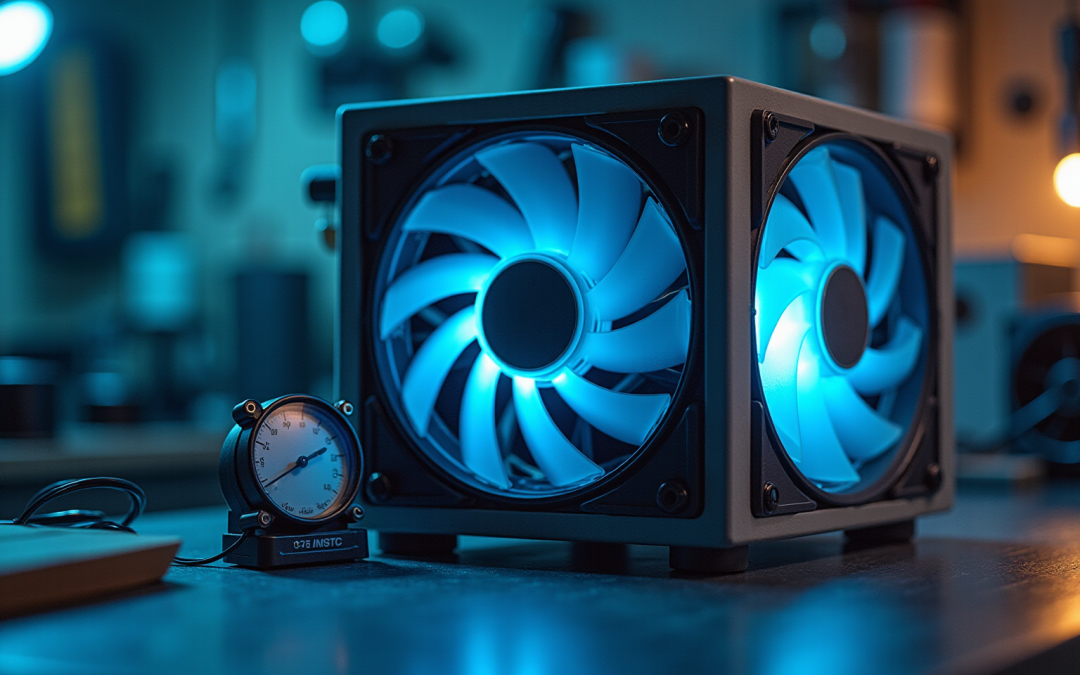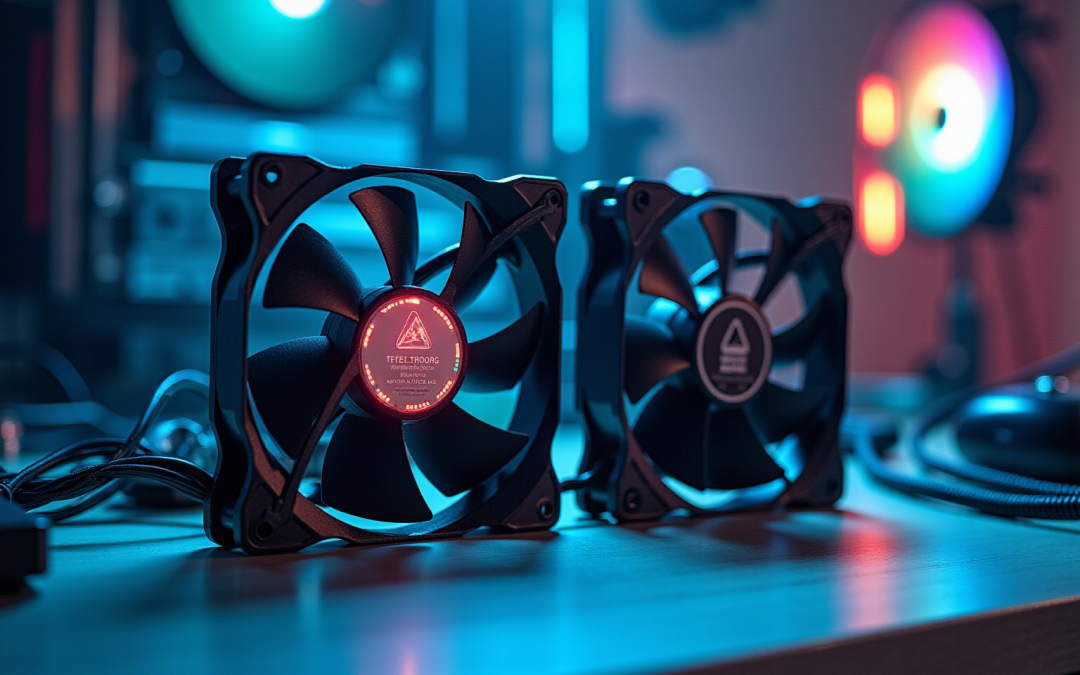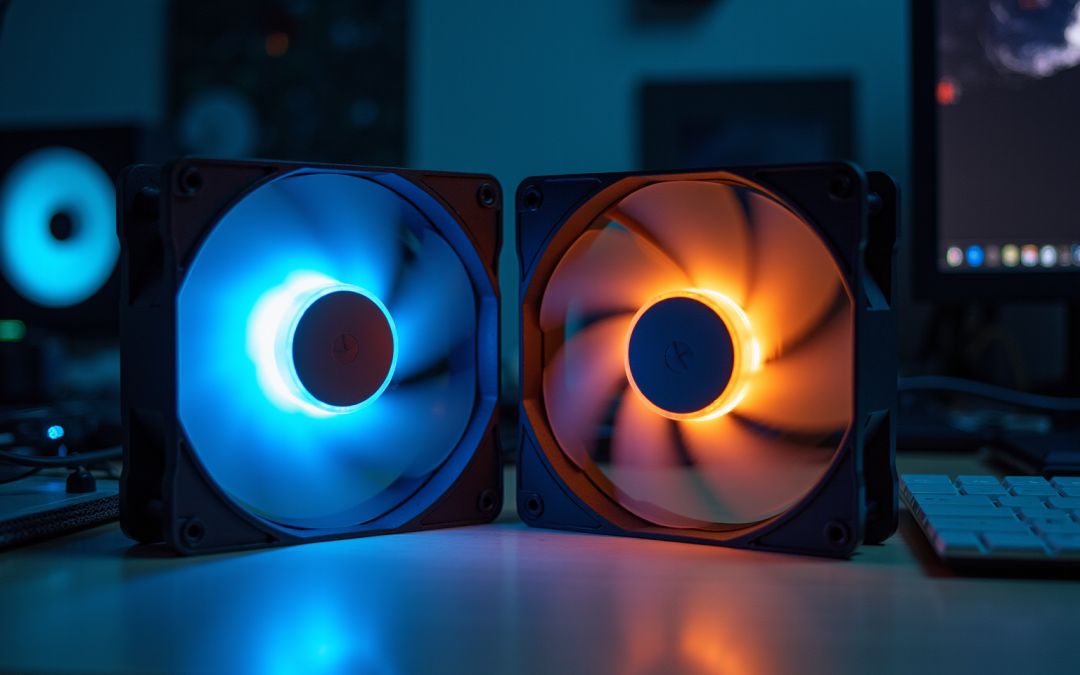
by Gagner Toomey Content Team | Jan 2, 2026 | Innovations in Cooling Technologies
Introduction Air cooler heat exchangers (ACHEs) are pivotal in optimizing thermal management across diverse applications, facilitating efficient energy transfer from process fluids to ambient air. Understanding how to select and integrate ACHEs is essential for...

by Gagner Toomey Content Team | Jan 2, 2026 | Innovations in Cooling Technologies
Introduction Understanding the dynamics of computer cooling systems is crucial for anyone aiming to enhance the performance and longevity of their devices. The distinction between intake and exhaust fans is pivotal in maintaining optimal temperatures and ensuring...

by Gagner Toomey Content Team | Jan 1, 2026 | Innovations in Cooling Technologies
Introduction Understanding airflow is crucial for electronics engineers aiming to boost the efficiency and reliability of their systems. Effective thermal management relies on a solid grasp of airflow fundamentals, including convection principles and the functions of...

by Gagner Toomey Content Team | Jan 1, 2026 | Innovations in Cooling Technologies
Introduction The debate between PWM (Pulse Width Modulation) and DC (Direct Current) fans stands as a pivotal consideration for electronics engineers navigating the complexities of cooling solutions. As the demand for energy efficiency and noise reduction escalates,...

by Gagner Toomey Content Team | Dec 31, 2025 | Innovations in Cooling Technologies
Introduction Understanding the complexities of cooling solutions is crucial for engineers navigating the intricate landscape of electronic systems. PWM (Pulse Width Modulation) and DC (Direct Current) fans emerge as two prominent options, each presenting unique...

by Gagner Toomey Content Team | Dec 31, 2025 | Innovations in Cooling Technologies
Introduction In the realm of electronics, the decision between PWM (Pulse Width Modulation) and DC (Direct Current) fans is pivotal, influencing performance, efficiency, and cost-effectiveness. Engineers are increasingly gravitating towards PWM technology due to its...







